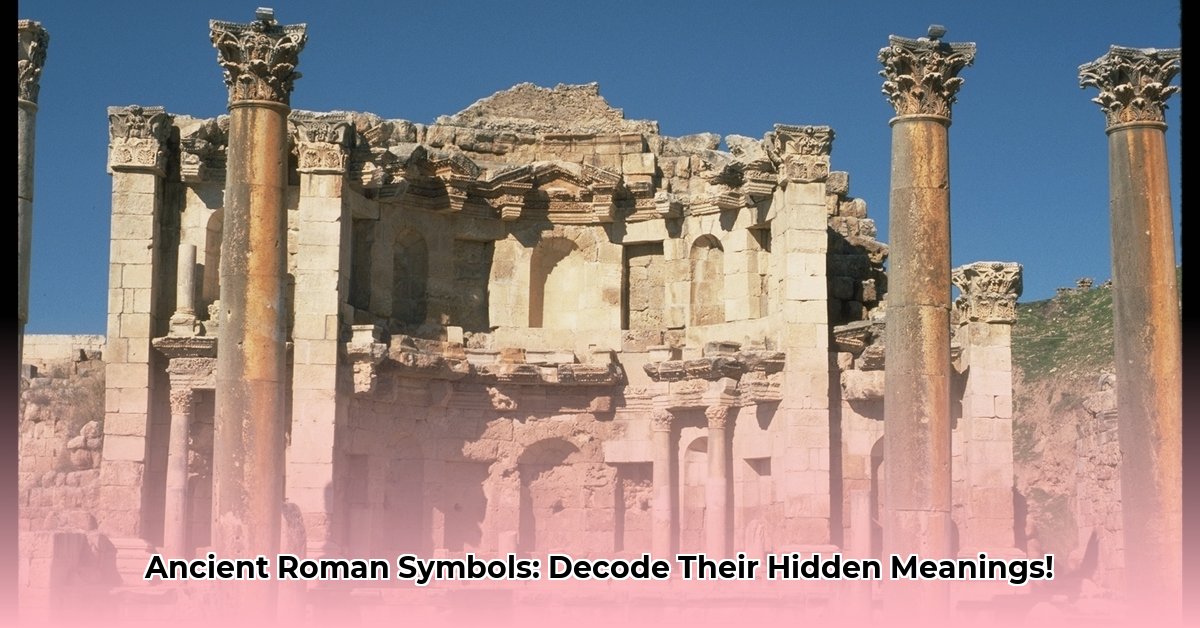Ever wondered how the Romans, those ancient powerhouses, truly conveyed their might and beliefs? Forget lengthy speeches – they mastered the art of visual communication. Symbols, far from being mere decorations, were the empire’s powerful language, conveying everything from military strength to deeply held societal values. These carefully chosen images—eagles, wolves, and intricate designs—narrated the Roman story, shaping an empire and continuing to resonate in our modern world. For more, read about Roman symbolism. Dive into the fascinating realm of ancient Roman symbols and discover their enduring significance.
What Were Roman Symbols Used For?
The Romans were unparalleled in their use of symbols, embedding them into every facet of society. These visual cues graced coins, monumental architecture, and even military standards, serving as omnipresent messages about power structures, cherished values, and societal norms. Think of it as an intricate, empire-wide communication strategy, designed to unify a vast and diverse populace under a singular Roman identity. Such widespread symbolic representation solidified Roman rule and reinforced loyalty, reflecting the core principles they deemed most vital for their civilization. Beyond formal functions, symbols also appeared in daily life, on household items, jewelry, and personal amulets, connecting individuals to the broader Roman identity and their protective deities.
Decoding Key Roman Symbols and Their Significance
Let’s delve deeper into some of the most profound ancient Roman symbols and their multifaceted meanings. Understanding these emblems offers crucial insights into Roman power, governance, military prowess, and core societal values, enhancing our knowledge of this influential civilization.










